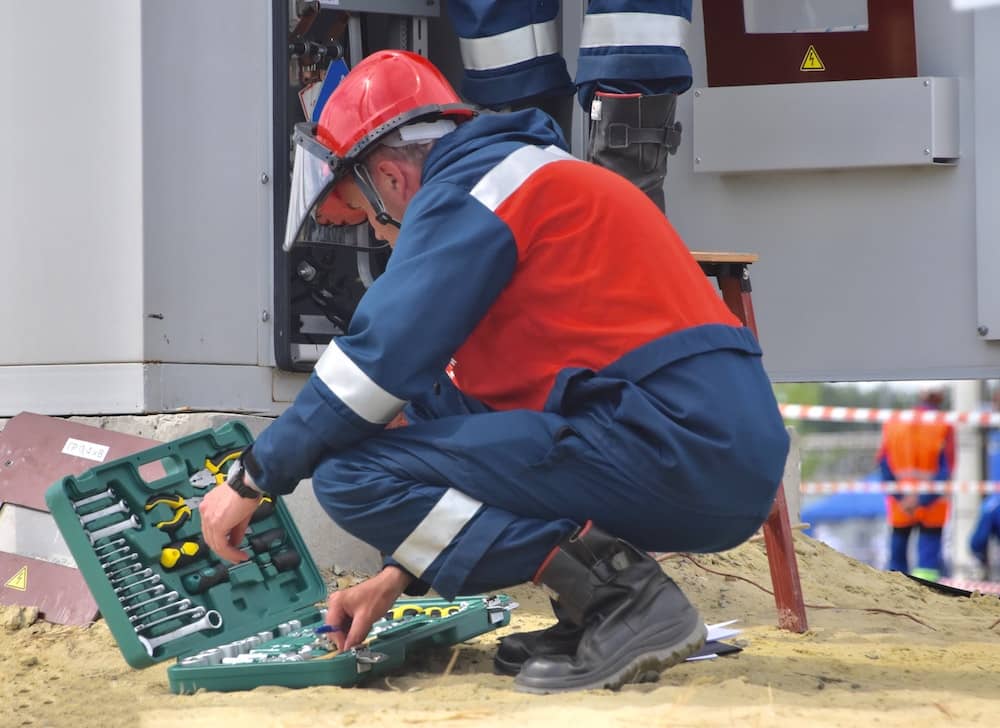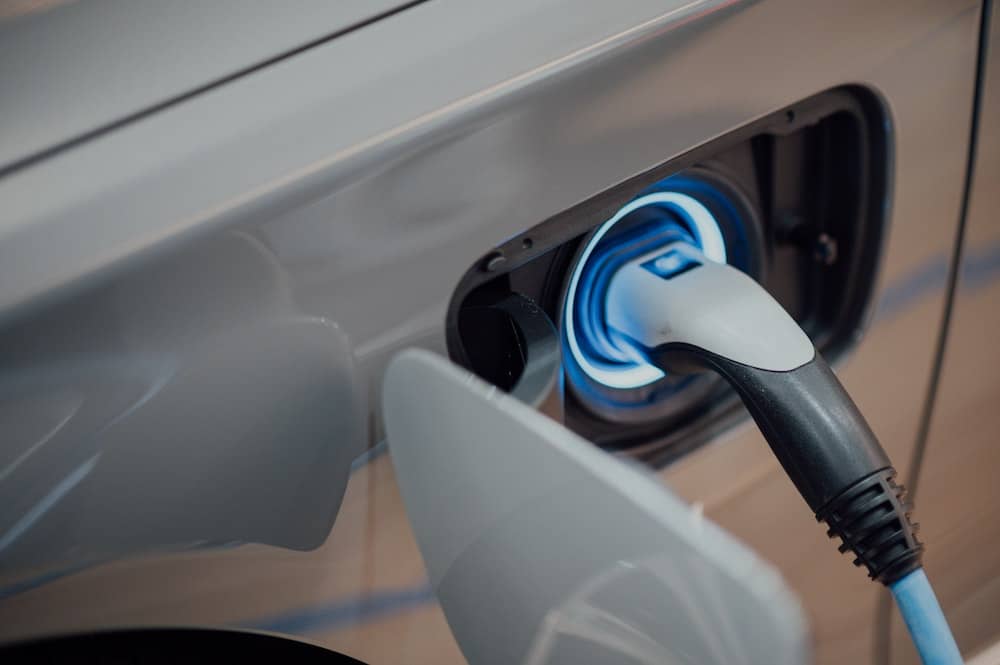Why are charging stations for electric vehicles so slow to be developed?
The transition to electric vehicles is accelerating globally, yet charging infrastructure is lagging behind. There are a few key reasons why the rollout of EV charging stations has been slow:
In summary, factors like high costs, lack of revenue potential, real estate limitations, and unreliable technology have slowed the rollout of convenient EV charging stations, creating a bottleneck for wider EV adoption. But recent collaborations, regulations changes, and technological improvements are starting to overcome these barriers.

Let’s look at the detailed key reasons why EV charging stations have been slow to proliferate:
A major challenge is that most gas stations cannot profit from installing EV chargers under current utility regulations. Gas stations make money by purchasing gasoline wholesale and selling it at a retail markup. But with electricity, prices are set by utilities and it is generally illegal to resell electricity for more than it costs. This makes it nearly impossible for gas stations to turn a profit on EV charging in most states.
Some experts argue that legislators need to reform regulations to allow electricity pricing to work more like gasoline, with market competition between suppliers keeping prices lower. Others say a new business model is needed altogether, with charging providers offering subscription plans or per-minute rates rather than selling electricity by the kilowatt-hour. But reforming regulations and pricing models is complex, slow moving, and varies by state.
Installing DC fast chargers, which can charge a car in under 30 minutes, costs anywhere from $50,000 to $100,000 per port. Costs are high due to expensive charging equipment, upgrades needed to electrical panels and transformers, and permitting and construction. Gas stations need assurance that chargers will be utilized enough to justify the investment, but utilization remains low while EV adoption is still in the early phase. Government subsidies and incentives can help offset costs and spur initial investment.
While most EV owners charge at home, public charging is needed for longer trips. Charging stations require large parking spaces with access to sufficient electrical capacity. But choice real estate like gas stations or shopping centers may not have spare land available. Zoning laws can also restrict charging station locations. Site hosts like retail stores may be hesitant to convert parking spots to EV charging without being assured it will attract customers.
Build it and they will come, or wait until there’s demand? Gas stations and other businesses are wary of investing in chargers until more EVs are on the road. But lack of public charging deters some consumers from going electric. Governments are trying to catalyze development by funding charging deployments before demand fully materializes. But even where chargers exist, unreliable uptime due to maintenance issues can discourage drivers.

Surveys show range anxiety persists among EV intenders. But the vast majority of charging occurs at home. Public charging is primarily used for long trips. This means chargers at gas stations may not be utilized enough to be profitable. Experts expect charging behavior to evolve as battery ranges improve and more drivers get experience with EVs. More destination charging at places like restaurants, hotels, and shopping centers may end up being more viable than converting gas stations.
Most existing public chargers were deployed by charging network companies like ChargePoint and EVgo. But operating these networks is capital-intensive with slim margins. Some gas stations have partnered with charging networks to host stations. But the passive ownership model limits their control. Direct ownership of chargers may allow gas stations to be more strategic in how they are operated and monetized as utilization increases over time.
Multiple charging plug types, conflicting apps and payment systems, and lack of roaming between networks creates confusion for drivers. Efforts are underway to establish standards and interoperability, like the Open Charge Point Protocol. But common standards are still emerging. Moving towards unified platforms would improve reliability and access for consumers across different charging providers.
While most charging occurs at home, those without home charging access face greater barriers to EV adoption. Rural, low-income, and multi-unit dwelling areas have lagged behind in public charging investment. Government incentives focus mainly on upfront costs rather than directly addressing utilization and profitability barriers that deter private investment in these markets. More creative policy solutions are needed to ensure equal access to charging infrastructure across communities.
As cutting-edge technology, early EV chargers and networks have suffered from reliability and maintenance issues. Uptime and robustness is improving as companies scale up and kinks get worked out. But lackluster availability and service calls remain a common frustration holding back adoption. Investing in training skilled technicians to service chargers can help smooth the learning curve.
Read More: Innovations in Electric Vehicle Charging
In summary, the fact that charging infrastructure rollouts have not matched the rapid growth plans for EVs reflects the complexity of overhauling entrenched systems around how we fuel transportation. The good news is many regulatory experiments, emerging business models, and technological improvements are starting to coalesce. With more collaboration between governments, utilities, charging companies, automakers, and site hosts, the gaps in convenient public charging can be steadily filled in to enable the mass EV adoption needed to reach climate goals. But it will take comprehensive solutions and long-term strategic thinking to address all the intricacies involved in this infrastructure overhaul.